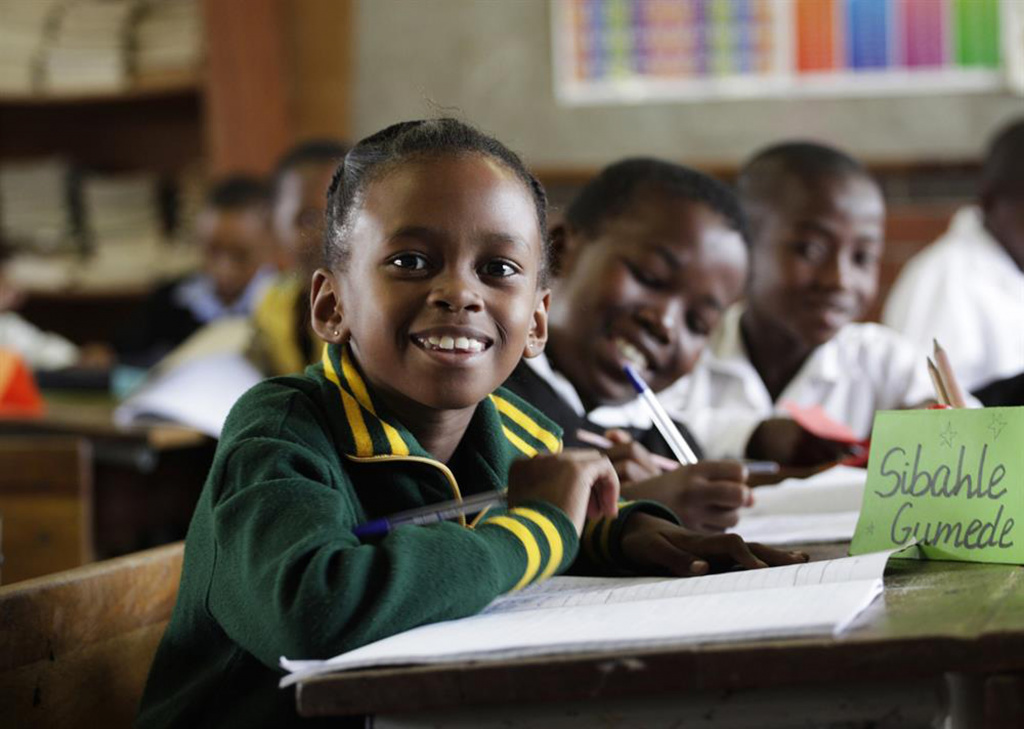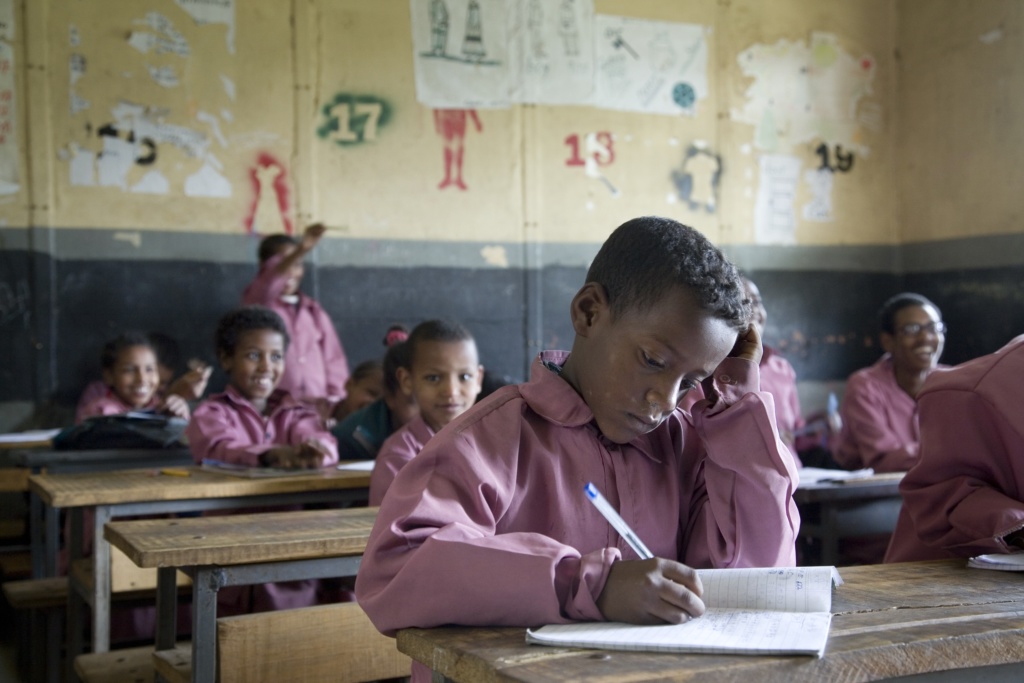
My interview for the senior position in a tough London inner-city challenging school was going swimmingly until the head teacher asked about the barriers students face. I didn’t understand the question so the head teacher repeated it, which is never a good sign in an interview. My confusion remained – What barriers? What are barriers? The head teacher then helpfully expanded: poverty, English as an additional language, single parent families, etc.
This episode was a career-defining moment for me because the school was one where I had studied for seven years. I remember thinking two things: firstly, I never saw myself as having barriers to learning so why should I see it as a teacher of these students and secondly, was I not going to be paid to make sure that these barriers didn’t manifest themselves in the classroom. Was it not my precise purpose to ensure that my teaching was good enough to allow these children to realise their potential? Having since moved through a range of schools, national and international contexts, I developed an understanding of why articulating barriers is important in order to address them. However, that core belief that our purpose as educators is to teach in a way that allows all children to learn as much as possible, and for underprivileged children across the world, to learn as fast as possible in order to catch up, has not wavered.
A key tool to accelerate children’s learning is the effective use of assessment for learning (AfL) (Black & Wiliam 1998; Pritchett & Banerji 2013). In developing countries, teaching is frequently described as rote (Coleman & Earley 2005; Singh & Sarkar 2012; Nag, et al. 2014) particularly in mathematics. This is likely contributing to the widely acknowledged global ‘learning crisis’ and, therefore, AfL becomes an even more important tool to apply in these contexts (Pritchett & Beatty 2012; Watkins 2012; DFID 2013; World Bank 2017).
My experience in a range of settings, including teaching, advising and inspecting schools shows that regularly and frequently identifying gaps in students’ learning and then plugging these gaps is a core principle in improving students’ learning. This needs to be combined with deepening and extending their knowledge, skills and understanding through skillful teaching. Moving to a system level, the same principle applies. To improve learning outcomes, actors at all levels from the head teacher to the district official and national governments need to have a good understanding of what gaps need to be addressed and work out how to address them, which includes support and training for teachers.
Established in 2012, the Girls’ Education Challenge (GEC) is DFID’s flagship fund supporting the education of 1.4 million marginalised girls in 18 countries in Africa and Asia. This article uses information gained from the teaching and learning strategies employed by some of the 37 projects funded by the GEC, which all have independent evaluations. The article focuses on how AfL in its broadest sense has been used to improve learning outcomes of the GEC girls.
AfL is defined as any activity undertaken by teachers and students that provides information to modify teaching (Black & Wiliam 2001). The emphasis is on modification and it is assessment that provides the link between what needs to be modified in teaching and the resultant impact on learning. AfL is empowering for the teacher because it requires them to respond to the needs of their students, not the textbook or the curriculum. It puts the emphasis on the teacher using their skills to direct and enhance the students’ learning. It respects the professional authority of the teacher in knowing when to assess, how to assess and how to respond to the assessment findings. However, it does demand that a culture is created around the teacher than enables this to happen and that the teacher is trained and supported to undertake these activities effectively (Black 2015)
